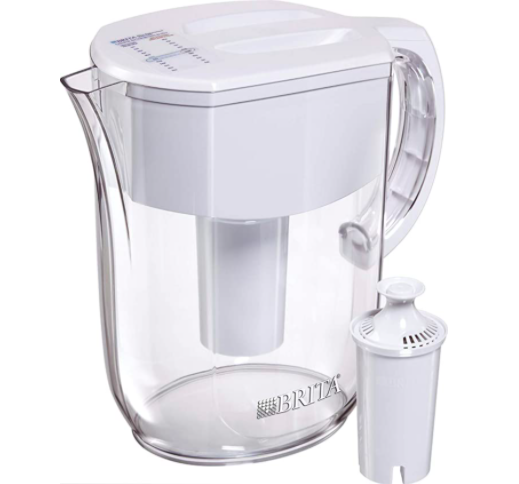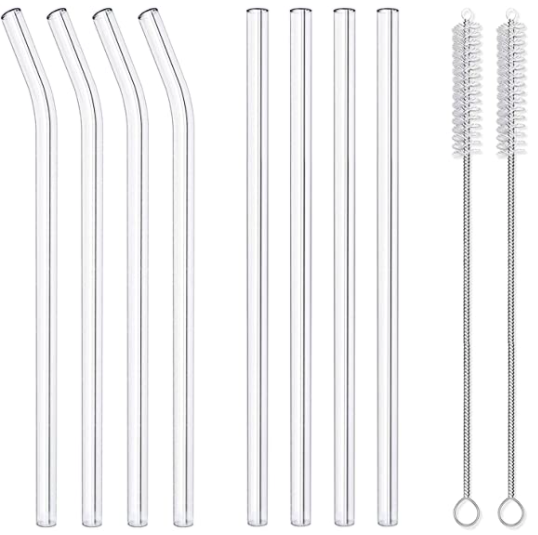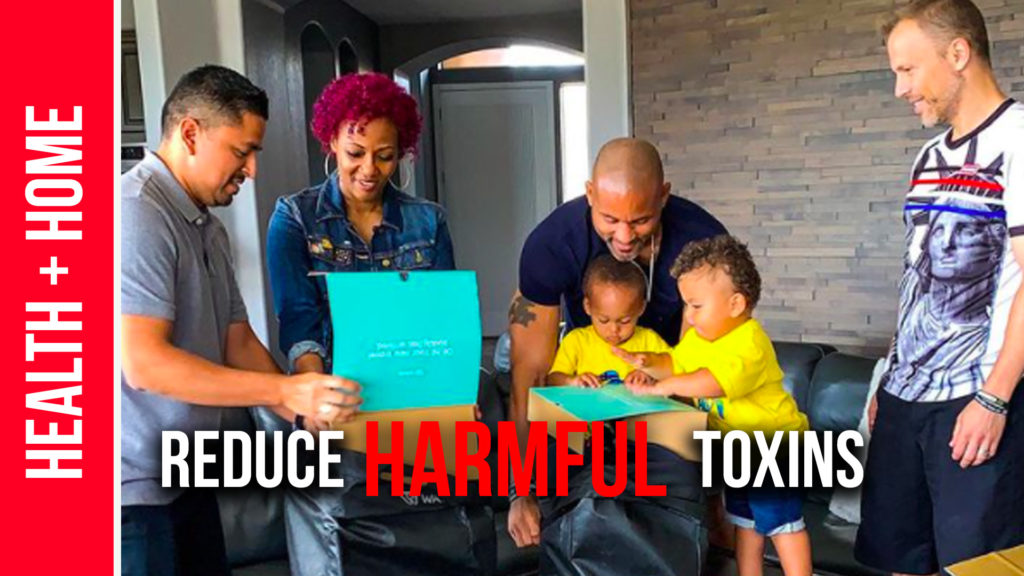One of the most important issues being discussed today is the quality of our environment, particularly the air we breathe. Unfortunately, many of the factors that contribute to harming the environment are out of our control such as carbon emissions and the dangerous recreational activities of our fellow citizens like smoking and littering. Our lives are put at risk because the toxins that result end up in our bodies, usually through the air we breathe or what we consume. These toxins oftentimes even make their way into our homes!

In fact, according to the CDC, the air inside homes and other buildings can be more seriously polluted than the outdoor air in even the largest cities and most industrialized cities. With that being said, it is important to do what we can to protect the environment and ourselves. And while we cannot control most of what happens beyond our front step, we can still do a lot to live sustainably and safely inside our homes.
Indoor pollutants are usually placed into one of two categories, biologic and chemical. Biologic pollutants are pollutants derived from living organisms which can include bacteria, molds, viruses, and animal hair. Some of these biological pollutants can even be transmitted through the air. As for chemical pollutants, these include ozone, smoke, radon, and the infamous carbon monoxide. Any of these chemicals can make their way into our homes whether it is from the diseases carried in by tiny critters or the after-effects of spraying household chemicals.
Now that the COVID-19 pandemic has forced us to spend more time at home than some of us probably ever have before, it is imperative that we make sure our homes are free of anything that could potentially harm us whether it is a virus or not. If you are interested in reducing the number of toxins in your home, here are some tips you can implement in your daily life that will not inconvenience you.
Invest in a water filter
Unsafe water sickens about 1 billion people every year and less than one percent of the earth’s fresh water is accessible to us. Installing a water filtration system into your faucet is one of the most effective ways of removing contaminants from the water you drink. Even though most Americans have access to safe drinking water, contaminants like arsenic, copper, and lead still continue to be found in the tap water of several homes. This is because various sources of water pollution including animal waste, pesticides, wastewater, and oil are constantly entering our waterways despite our best efforts to treat the water before doing so.

Purchasing a water filter helps to give your water that extra cleanse before you put it in your body. It is also much more convenient and environment-friendly than buying cases and cases of purified or spring water. If the installation is a bit pricier than you had hoped, you can also just invest in a water filter pitcher! All you have to do is make sure to replace the filters frequently and keep refilling the pitcher with tap water whenever it gets low. The filter will help remove all of those toxins in tap water that our wastewater facilities may not have been able to remove and that we, unfortunately, cannot see.

Go plastic-free
Single-use plastic, like water bottles, straws, and most food packaging, is one of the main culprits for contaminated oceans and therefore contaminated waterways. Oftentimes when we dispose of them, they end up in the ocean and since they are not biodegradable, they will begin emitting toxic chemicals that were used during their production. In fact, the amount of debris in the Great Pacific Garbage Patch–a collection of marine debris spanning from the West Coast of North America to Japan–accumulates because much of it is not biodegradable and the trash simply breaks into smaller pieces, according to National Geographic.

These toxins end up being pushed through our waterways, into our homes, and then into our bodies. One way to reduce those toxins is to go plastic-free or to at least use less plastics. This may mean opting for a paper bag over a plastic bag at the grocery store or even bringing your own reusable bag to carry groceries. Another way is to use a reusable water bottle, ideally metal ones, instead of constantly disposing of plastic water bottles. Paper straws have also become a popular and effective way of reducing plastic use!

Open your windows
Air pollutant levels in the home increase if not enough outdoor air is brought in to dilute emissions from indoor sources and to carry indoor air pollutants out of the home. That is why it is highly recommended that you open your windows from time to time to allow the fresh outside air to carry out any of the toxins that may be permeating the air in your home. This is especially important if you are living in a new home or perhaps began renovating an old home. The smells from that fresh coat of paint on the walls or the new furniture you bought or even the new carpet you just got installed are not just smells. They are the result of chemicals emitted from within the house and those chemicals must be flushed out in order to improve the air quality inside
Replace your carpets with new flooring
The presence of toxic substances is very common in carpets and some have been linked to cancer, hormone disruption, respiratory disease, heart attacks, strokes, asthma, and immune and developmental health problems in children.Over four billion pounds of those carpets are annually dumped in American landfills or burned in incinerators – releasing deadly pollutants into the air, soil, and water. Whether it is through your shoes, the waterways, or the outside air, those pollutants make their way into homes in various forms. A good solution to this would either be to switch to a different kind of flooring like hardwood or tile, or to replace your carpet regularly (which may be a bit pricey in the long-run).
Leave the shoes at the door
Most of us have that one friend or family member who has a strict “no-shoes” policy when you come over to their house. Most likely, they just do not want you to ruin their new carpet but the truth is the benefits of wearing no shoes in the house go way beyond keeping the house looking clean. Shoes track in so many different bacteria including toxins from outdoor pesticides, herbicides, and lead dust. In fact, according to a 2008 study performed by microbiologist Charles Gerba, one of the most common types of bacteria found on shoes is fecal bacteria. This is because our shoes constantly make contact with floors in public restrooms or animal feces that we may track in from outdoors, especially from dogs. These toxins could lead to the spread of E. Coli, irritation of the eye, nose, and throat; pneumonia, and so many other health issues.

Those are the 5 ways you can reduce harmful toxins in your home today. Have a question or gonna try a few of these tips? Be sure to share on social and tag @ShaunT so that we can repost and respond to you! Share in the comments below anything you do currently to keep your home healthy and clean!




